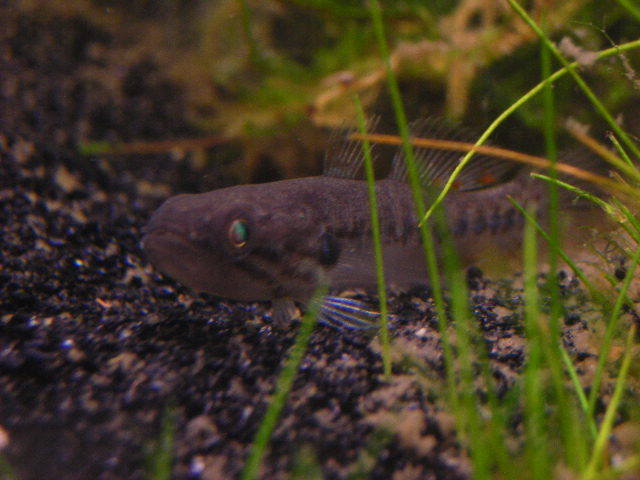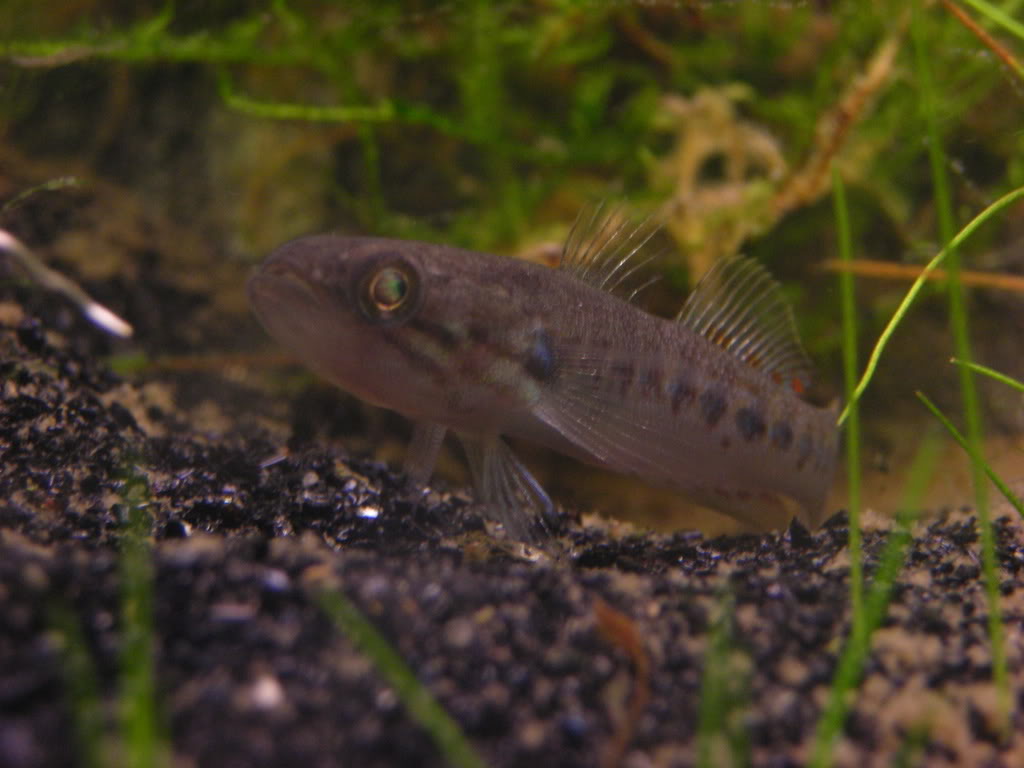FishCrazyBenBOMB
Aquarium Advice Addict
Hello People viewing this thread 
I needed help IDing this fish I got from my LFS. It was sold to me as a killie fish, which is obv. isn't.
I found out myself it was a some type of gudgeon sp. of fish. I've been looking around and can't find an exact sp. of gudgeon. Witch I really want. That's where you viewers/experts come in.
Here are a couple pictures, if you could get me an exact sp. that would be great. Also, if you find something that you might think it is, post up a link and i'll compare myself aswell.
Thanks in advance for checking the thread, here are the pictures.


I needed help IDing this fish I got from my LFS. It was sold to me as a killie fish, which is obv. isn't.
I found out myself it was a some type of gudgeon sp. of fish. I've been looking around and can't find an exact sp. of gudgeon. Witch I really want. That's where you viewers/experts come in.
Here are a couple pictures, if you could get me an exact sp. that would be great. Also, if you find something that you might think it is, post up a link and i'll compare myself aswell.
Thanks in advance for checking the thread, here are the pictures.



